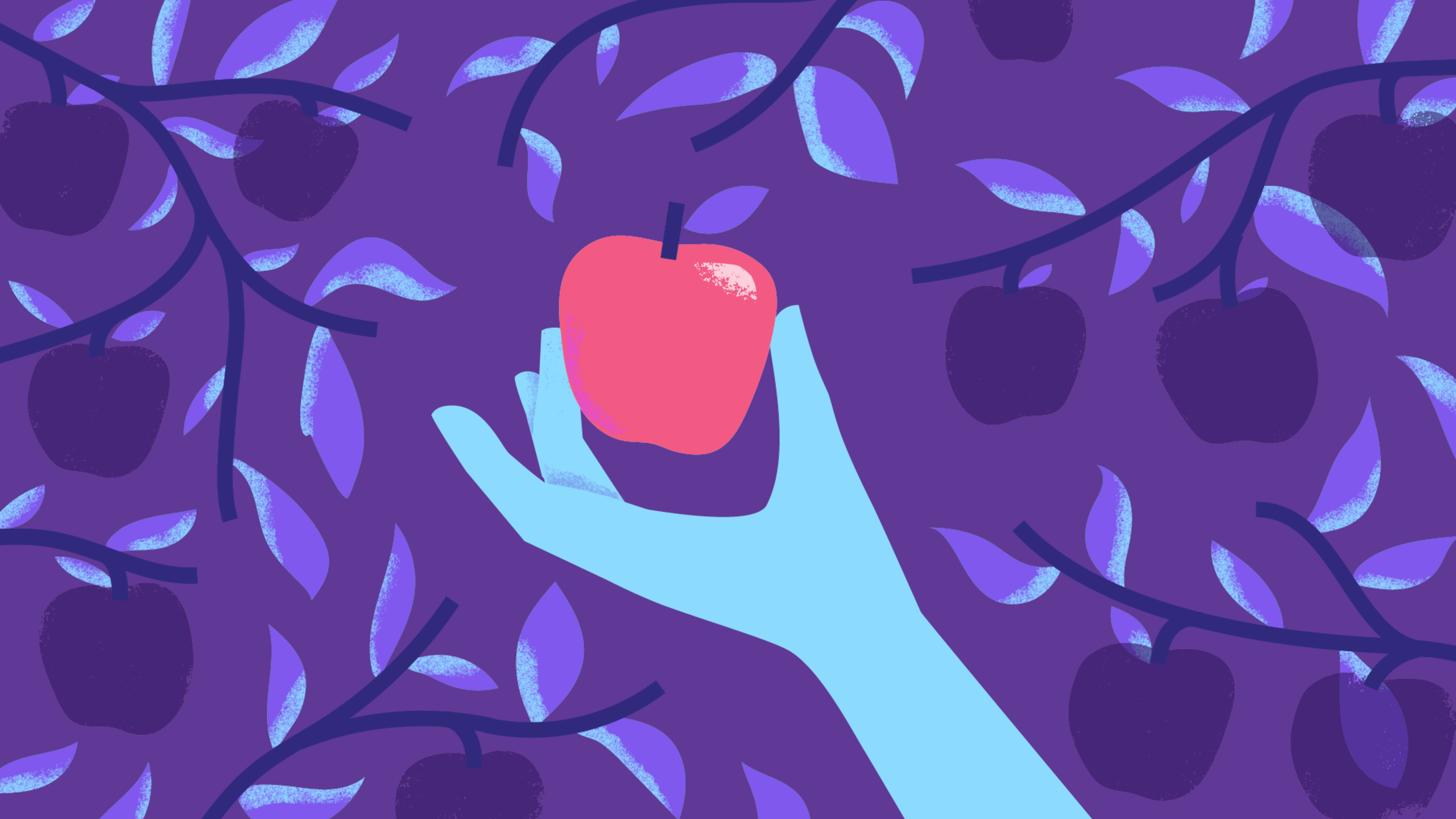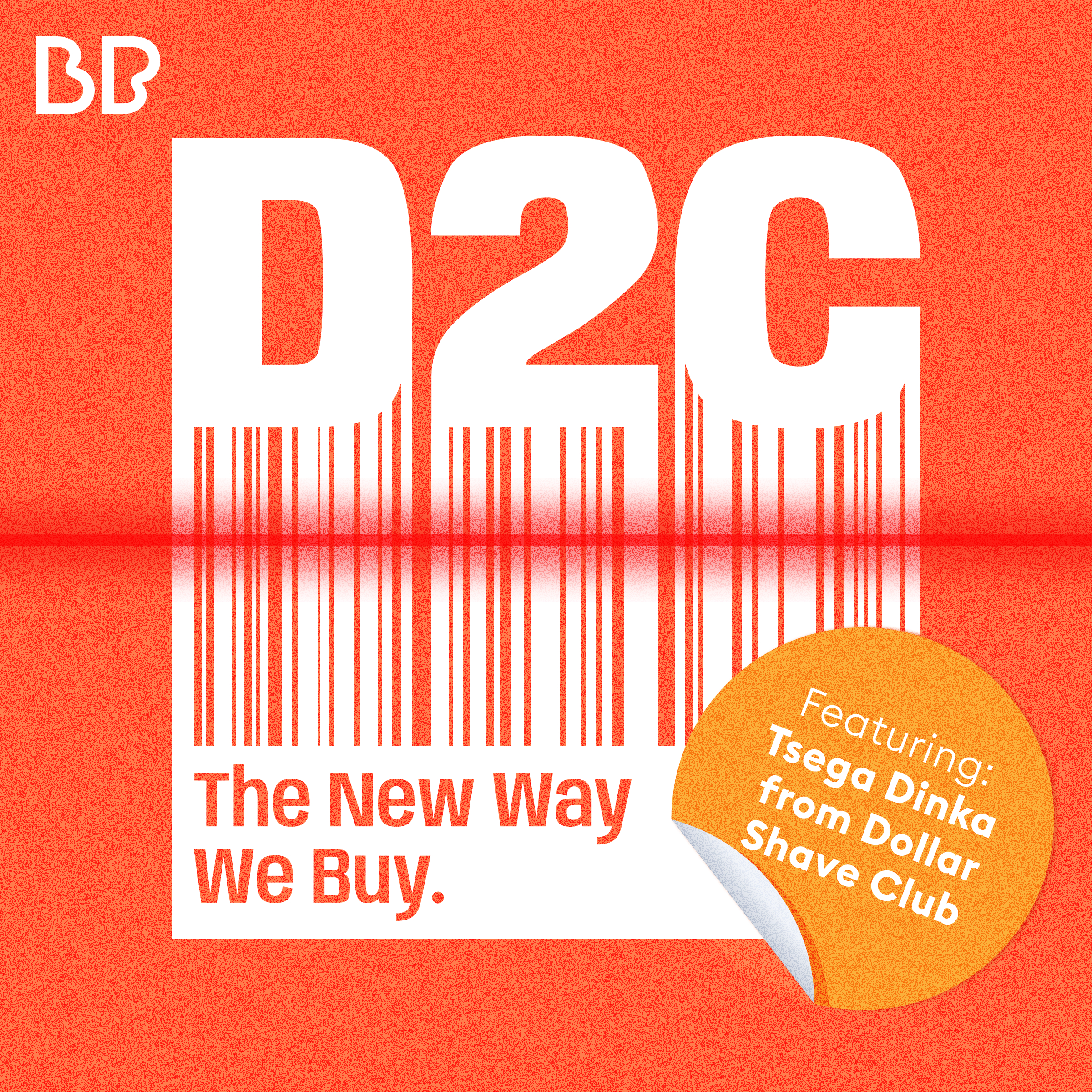You might remember Dollar Shave Club skyrocketing to popularity after they released a viral video and embraced a “no B.S.” approach to business. As one of the first major D2C brands, the company used insights they gained at the front of the pack to pioneer a budding industry.
Tsega Dinka, recently vice president of digital product at Dollar Shave Club, was there for it all as one of the company’s first product managers. On Better Product, he reflects on how the experience taught him to align product and non-product teams and what’s required to build an inclusive brand people will remember.
Takeaways:
- Successful D2C brands lean into complexity.
- How aligning your teams can make or break your D2C product.
- D2C brands must strike a careful balance between exclusivity and openness.
Things To Listen For:
- [1:50] Don’t stay in your product bubble; learn from different teams
- [3:00] How Tsega arrived at Dollar Shave Club as a product manager
- [4:30] Lessons learned from offering many products in one D2C brand
- [5:10] How to apply product experience to a growth-focused role
- [10:00] Examining the different mindsets of D2C consumers
- [12:00] Creating accountability for growth teams in customer lifecycles
- [12:35] Why your “product can’t get stuck in silos”
- [14:40] How to embrace product-led growth in D2C
- [16:00] Understanding “give vs. get” with D2C customers
- [17:30] PM principles apply to your D2C brand, no matter how big you are
- [21:50] Promoting cross-functional communication to improve D2C
- [23:00] Behind Dollar Shave Club’s “No B.S.” brand campaign
- [23:50] Dollar Shave Club’s approach to diversity and inclusion in brand
- [25:20] D2C’s lasting value—and why we need to protect it
- [26:15] Staying true to your brand promise helps face the competition
- [27:00] How to focus on what differentiates your D2C brand

